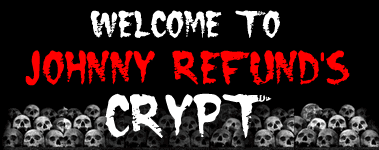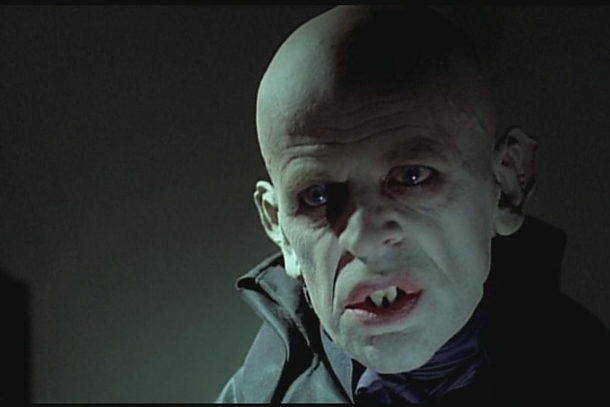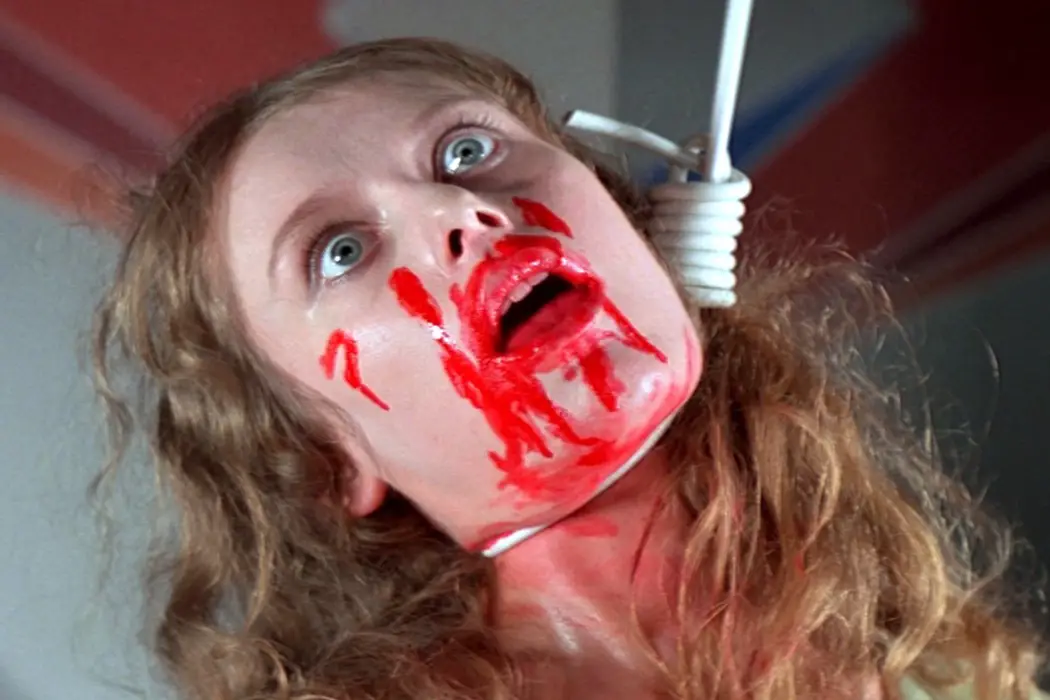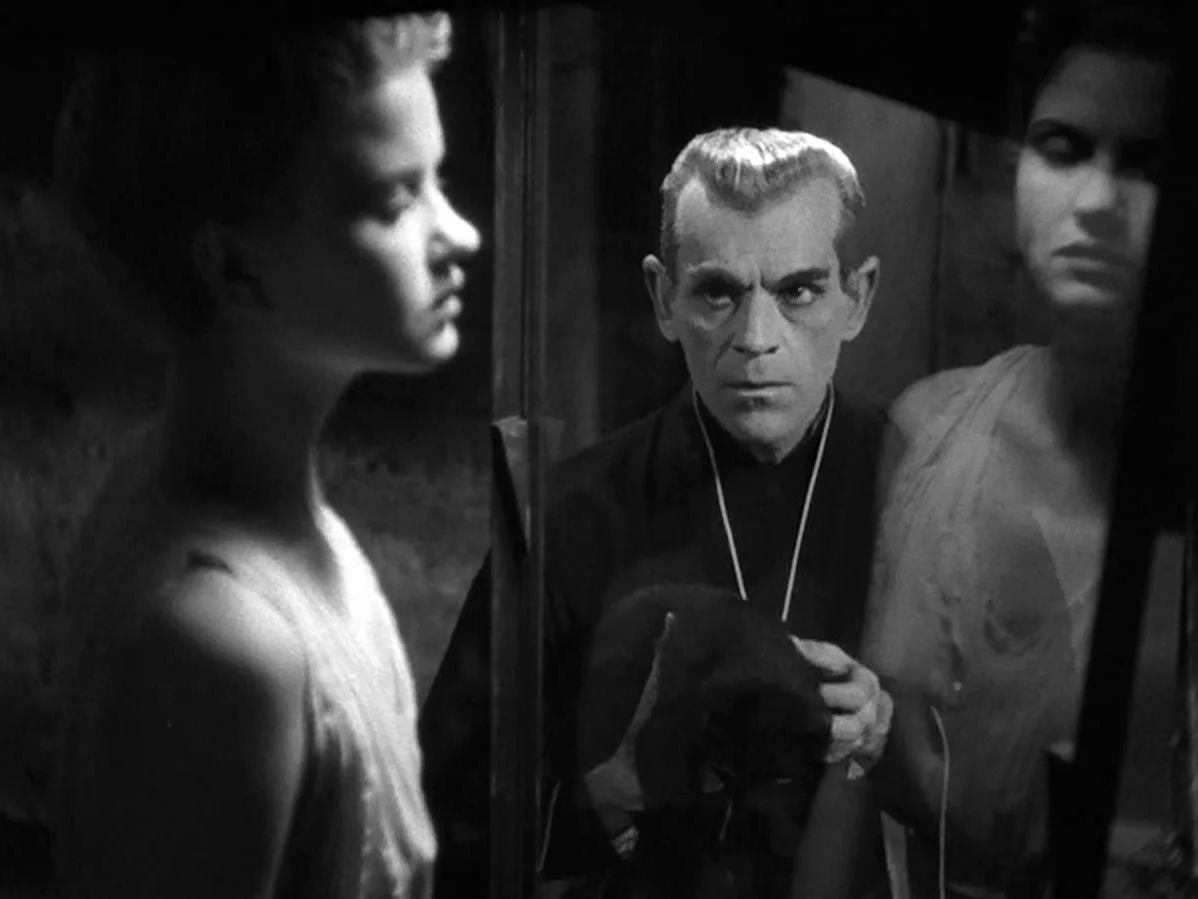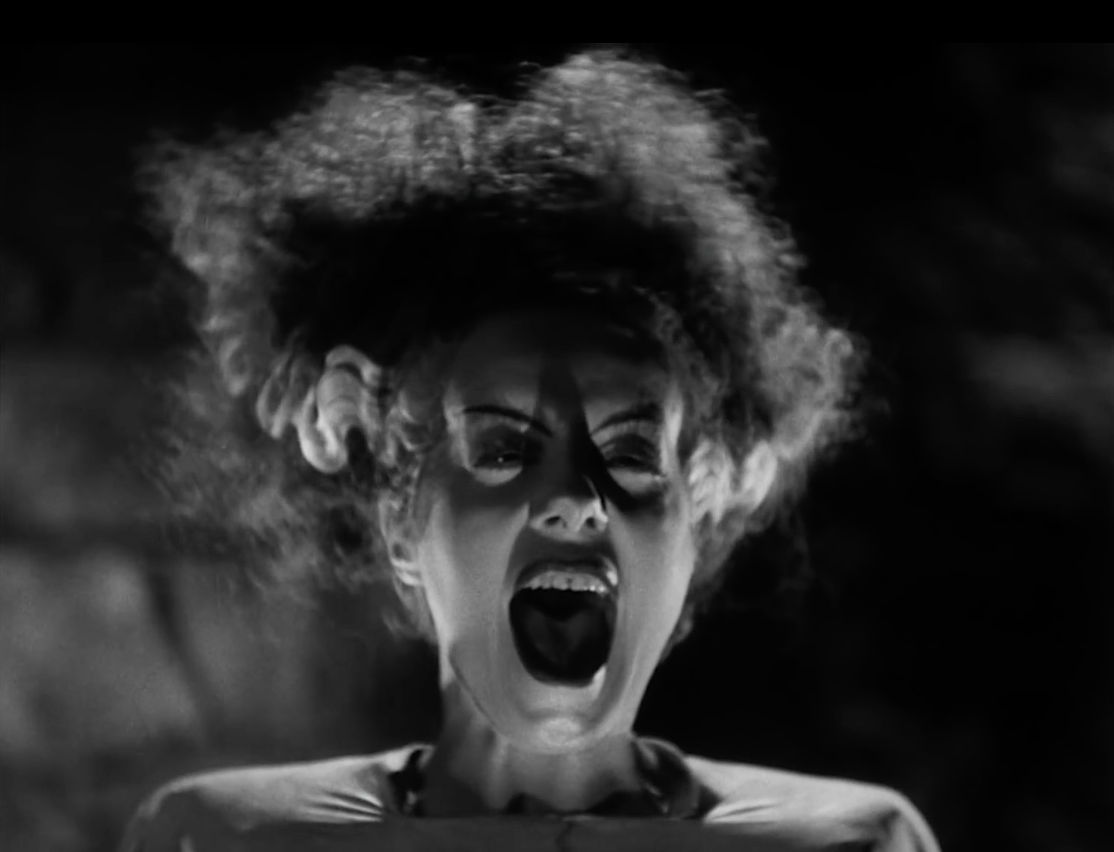1. NIGHT OF THE LIVING DEAD
(1968)
Directed by George Romero
 Well, here it is, my favorite scary movie, “Night of the Living Dead”. I’ve been singing the praises of so many movies that my pipes are sore, the hour is late and the candle is guttering to die. But let me just say, while there is time, that this low budget indie is thee perfect horror movie. The acting is decidedly above the B-movie level, especially the performance of Duane Jones as Ben, the writing is intelligent and the downbeat ending of meat hooks and burning corpses is hard to top for sheer gooseflesh effect. As is evidenced by entries up and down this list, you don’t need a lot of money or big time stars to make a great horror movie. It’s been argued that horror is actually quite conservative (if you act out of line then you will be punished so keep to the straight and narrow, etc.) but I think the best horror is disturbing because it is subversive. It’s a genre perfect for expressing the unspeakable. Because of this, masterworks like “Night of the Living Dead” will continue to bubble up from the underground as the years roll by, no matter how hard the squares try to suppress their rising. So Ben survives the night long assault of the flesh eating dead only to be mistaken for one of the zombies and shot in the forehead. The zombies by daylight look lost and pathetic as they stagger around and the real dangerous monsters, the kill crazy mob of gun toting cops and armed citizens, are revealed. Horror can be addictive because of it’s thrills but it’s certainly not without it’s lessons. On that note I should stop typing and try to get some sleep. Maybe in slumberland I’ll navigate through some old dark houses and sip wine with the ghost of Carol Borland. I hope you have pleasant dreams as well and, in the words of Sir Graves Ghastly, I wish you all “Happy Haunting!” and good night.
Well, here it is, my favorite scary movie, “Night of the Living Dead”. I’ve been singing the praises of so many movies that my pipes are sore, the hour is late and the candle is guttering to die. But let me just say, while there is time, that this low budget indie is thee perfect horror movie. The acting is decidedly above the B-movie level, especially the performance of Duane Jones as Ben, the writing is intelligent and the downbeat ending of meat hooks and burning corpses is hard to top for sheer gooseflesh effect. As is evidenced by entries up and down this list, you don’t need a lot of money or big time stars to make a great horror movie. It’s been argued that horror is actually quite conservative (if you act out of line then you will be punished so keep to the straight and narrow, etc.) but I think the best horror is disturbing because it is subversive. It’s a genre perfect for expressing the unspeakable. Because of this, masterworks like “Night of the Living Dead” will continue to bubble up from the underground as the years roll by, no matter how hard the squares try to suppress their rising. So Ben survives the night long assault of the flesh eating dead only to be mistaken for one of the zombies and shot in the forehead. The zombies by daylight look lost and pathetic as they stagger around and the real dangerous monsters, the kill crazy mob of gun toting cops and armed citizens, are revealed. Horror can be addictive because of it’s thrills but it’s certainly not without it’s lessons. On that note I should stop typing and try to get some sleep. Maybe in slumberland I’ll navigate through some old dark houses and sip wine with the ghost of Carol Borland. I hope you have pleasant dreams as well and, in the words of Sir Graves Ghastly, I wish you all “Happy Haunting!” and good night.
